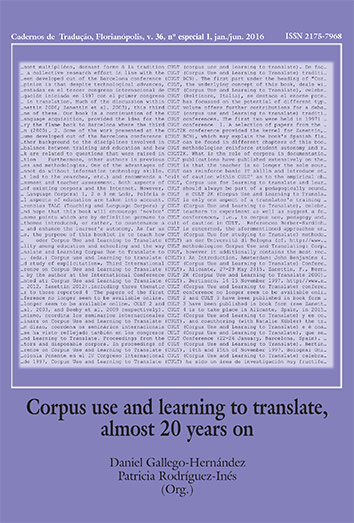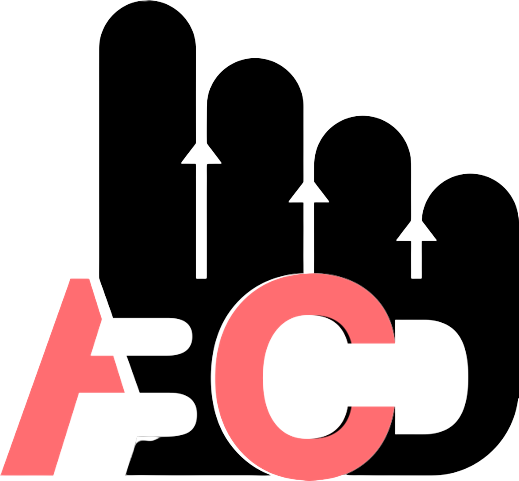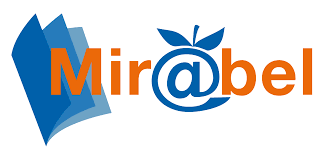Use of monolingual and comparable corpora in the classroom to translate adverbial connectors
DOI:
https://doi.org/10.5007/2175-7968.2016v36nesp1p147Resumo
Research in terminology has traditionally focused on nouns. Considerably less attention has been paid to other grammatical categories such as adverbs. However, these words can also be problematic for the novice translator, who tends to use the translation correspondences in bilingual dictionaries without realizing that formal equivalence is not necessarily the same as textual equivalence. However, semantic values, acquired in context, go far beyond dictionary meaning and are related to phenomena such as semantic prosody and preferences of lexical selection that can vary, depending on text type and specialized domain.
This research explored the reasons why certain adverbial discourse connectors, apparently easy to translate, are a source of translation problems that cannot be easily resolved with a bilingual dictionary. Moreover, this study analyzed the use of parallel corpora in the translation classroom and how it can increase the quality of text production. For this purpose, we compared student translations before and after receiving training on the use of corpus analysis tools
Referências
Avner, E.; Ordan, N.; Wintner, S. “Identifying translationese at the word and subword level.” Digital Scholarship in the Humanities (2014). DOI: http://dx.doi.org/10.1093/llc/fqu047.
Buendía-Castro, M.; Beatriz Sánchez-Cárdenas, B. “Linguistic knowledge for specialized text production.” LREC (2012): 622-626.
Charles, M. “”Corpus evidence for teaching adverbial connectors of Contrast: however, yet, rather, instead and in contrast.” In N. Kübler (ed.). Corpora, Language, Teaching, and Resources: From Theory to Practice. Bern: Peter Lang, 2011. 113-132.
Cuenca, M.P.; Bach, C. “Contrasting the form and use of reformulation markers.” Discourse Studies 9.2 (2007): 149-175.
Cummins, S. “A case study in lexical research for translation.” International Journal of Lexicography 15.2 (2002): 139-159.
Gill, P. “‘...and I dropped my jaw with fear’: The role of corpora in teaching phraseology.” In: N. Kübler (ed.). Corpora, Language, Teaching, and Resources : From Theory to Practice. Bern: Peter Lang, 2011. 49-68.
Gledhill, C. Collocations in Science Writing. Tübingen: Gunter Narr Verlag, 2000.
Kilgarriff, A.; Baisa, V.; Bušta, J.; Jakubíček, M.; Kovář, V.; Michelfeit, J.; Suchomel, V. “The Sketch Engine: ten years on.” Lexicography 1.1 (2014): 7-36.
Krausse, S. “Semantic preference and semantic prosody in the specialist language class.” In: N. Kübler (ed.). Corpora, Language, Teaching, and Resources : From Theory to Practice. Bern: Peter Lang, 2011. 155-164
Kübler, N. “Corpora and LSP translation.” In: Zanettin, F., S. Bernardini and D. Stewart (eds.). Corpora in Translator Education. Manchester: St Jerome, 2003- 47-60
Kübler, N.; Alexandra V. “Semantic prosody and specialised translation, or how a lexico-grammatical theory of language can help with specialised translation.” In: A. Boulton, S. Carter-Thomas, and E. Rowley-Jolivet (eds.) Corpus-informed Research and Learning in ESP: Issues and Applications. Amsterdam and Philadelphia: John Benjamins, 2012. 105-135.
L'Homme, M.C. “A Methodology for Describing Collocations in a Specialized Dictionary.” In: S. Nielsen; Tarp, S. (ed.). Lexicography in the 21st Century In honour of Henning Bergenholtz. Amsterdam and Philadelphia: John Benjamins, 2009.
L’Homme, M.C. “Adding syntactico-semantic information to specialized dictionaries: an application of the FrameNet methodology.” Lexicographica 28.1 (2012): 233-252.
López Rodríguez C.I.; Buendía, M. “Aplicación de la lingüística de corpus en la didáctica de la traducción científica y técnica.” In: Emili Casanova Herrero, and Cesáreo Calvo Rigual (eds.). Proceedings of the XXVI Congres Internacional de Lingüística i Filología Romaniques, VIII. Berlin: Walter de Gruyter, 2013. 205-216.
Malmkmjœr, K. “On pseudo-subversive use of corpora in translator training.” In: Zanettin, F., S. Bernardini and D. Stewart (eds.). Corpora in Translator Education. Manchester: St Jerome, 2003. 119-144.
Nolke, H. “Les adverbiaux contextuels: problèmes de classification.” Langue française, 142 (1990): 12-27.
Nord, C. Text analysis in translation: Theory, methodology, and didactic application of a model for translation-oriented text analysis, 94. Rodopi, 2005.
Pecman M.; Juilliard, C.; Kübler, N. ; Volanschi, A. “Processing collocations in a terminological database based on a cross-disciplinary study of scientific texts.” In: S. Granger, M. Paquot (eds.). eLexicography in the 21st Century: New Challenges, New Applications. Cahiers du CENTAL, 2010. 249-262.
Philip, G. “Arriving at equivalence: Making a case for comparable general reference corpora in translation studies.” In: Beeby, A.; Rodríguez-Inés, P.; Sánchez-Gijón, P. (eds.). Corpus Use and Translating: Corpus use for learning to translate and learning corpus use to translate. Amsterdam: John Benjamins, 2009. 59-63.
Sánchez Cárdenas, B.; Buendía Castro, M. “Inclusion of Verbal Syntagmatic Patterns in Specialized Dictionaries: The Case of EcoLexicon.” In: Ruth Vatvedt Fjeld and Julie Matilde Torjusen (eds.). Proceedings of the 15th EURALEX International Congress. Oslo: EURALEX, 2012. 554-562.
Stewart, D. “Safeguarding the lexicogrammatical environment: Translating semantic prosody.” In Beeby, Allison, Patricia Rodríguez-Inés and Pilar Sánchez-Gijón (eds.). Corpus Use and Translating: Corpus use for learning to translate and learning corpus use to translate. Amsterdam and Philadelphia: John Benjamins, 2009. 29-46.
Volanschi, A.; Natalie K. “Semantic prosody and specialised translation, or how a lexico-grammatical theory of language can help with specialised translation.” In: 25th European Systemic Functional Linguistics Conference:“Change, Mutation, Transformation”. 2014. 103-133.
Volansky, V.; Ordan, N.; Wintner, S. “On the features of translationese.” Digital Scholarship in the Humanities 30.1 (2015): 98-118.
Williams, G. “In search of representativity in specialised corpora: Categorisation through collocation.” International Journal of Corpus Linguistics 7.1 (2002): 43-64.
Zanettin, F. Translation Practices Explained: Translation-driven Corpora. Manchester & Kinderhook (NY): St Jerome Publishing, 2012.
Downloads
Publicado
Como Citar
Edição
Seção
Licença
Autores têm autorização para assumir contratos adicionais separadamente, para distribuição não exclusiva da versão do trabalho publicada nesta revista (ex.: publicar em repositório institucional ou como capítulo de livro, com reconhecimento de autoria e publicação inicial nesta revista).





















































